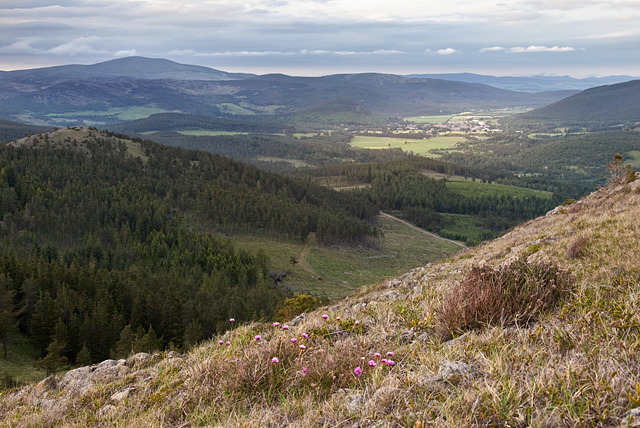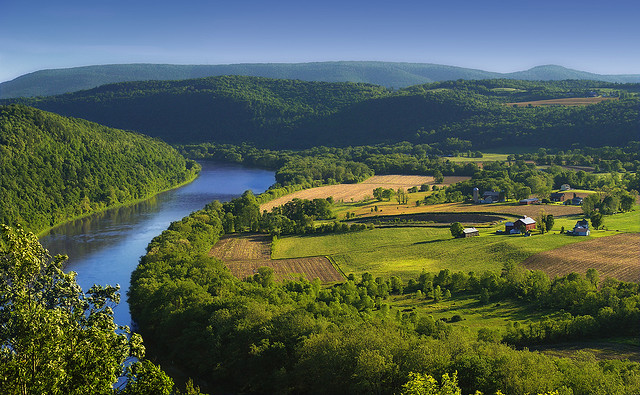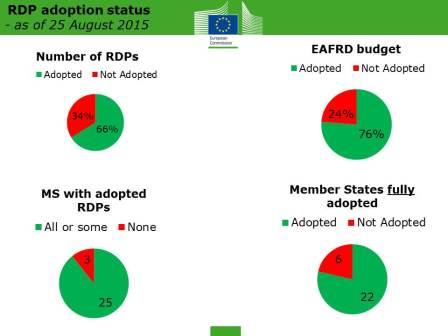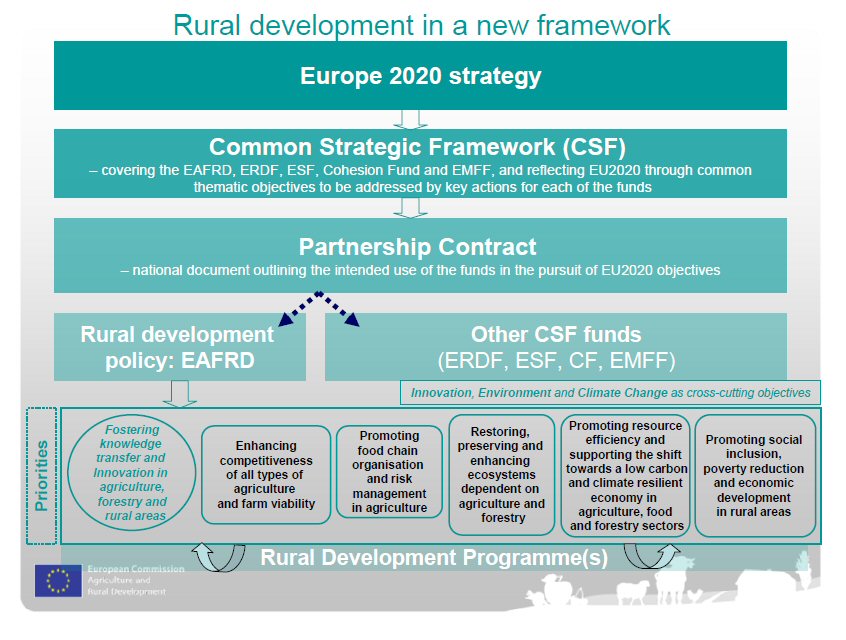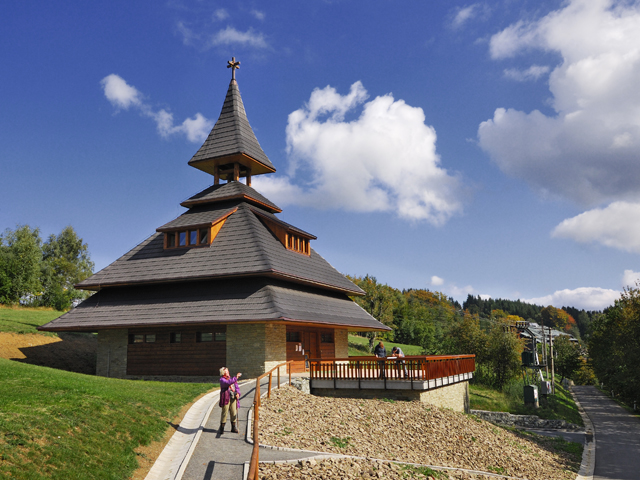The European Parliament approved last Tuesday evening the common position on the CAP Transitional Regulation previously agreed with the Council. Once the Council gives its formal approval, it will take effect from 1 January 2021. The Regulation provides legal certainty regarding the rules for payments to farmers by continuing the application of the rules of the current CAP framework in the two calendar years 2021 and 2022 under the ‘old rules, new money’ principle.
The Regulation makes necessary amendments to the four CAP Regulations that make up the 2013 CAP reform (direct payments, rural development, single common market organisation, and horizontal matters).… Read the rest




